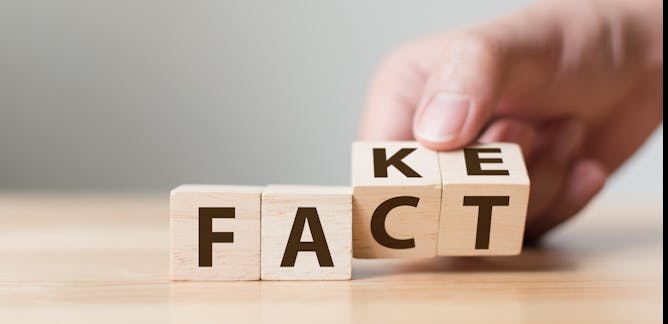In record time, the phrase morphed from a description of a social media phenomenon into a journalistic cliche and an angry political slur. How did the term "fake news" evolve - and what's next in the world of disinformation?
It’s been part of the conversation as far back as the birth of the free press.
Made-up facts and boastful dissimulators have been with us for hundreds of years but do you know your taradiddlers from your ultracrepidarians?
Bogus news has been around a lot longer than real news. And it’s left a lot of destruction behind.
"Fake news" is a phrase that may seem specific to our particular moment and time in American history. But Columbia University Professor Andie Tucher says fake news is deeply rooted in American journalism.
Information fabrication is not new. As Guardian columnist Natalie Nougayrède has observed: “The use of propaganda is ancient, but never before has there been the technology to so effectively disseminate it”. So, it is important to understand the historical context when examining and reporting on contemporary manifestations of what has been termed a 21st-century ‘information disorder’.
"Fake news" is "fabricated information that mimics news media content in form but not in organizational process or intent. Fake-news outlets, in turn, lack the news media's editorial norms and processes for ensuring the accuracy and credibility of information. Fake news overlaps with other information disorders, such as misinformation (false or misleading information) and disinformation (false information that is purposely spread to deceive people)." [David M. J. Lazer, et al., "The Science of Fake News," Science 09 Mar 2018: Vol. 359, Issue 6380, pp. 1094-1096.].

